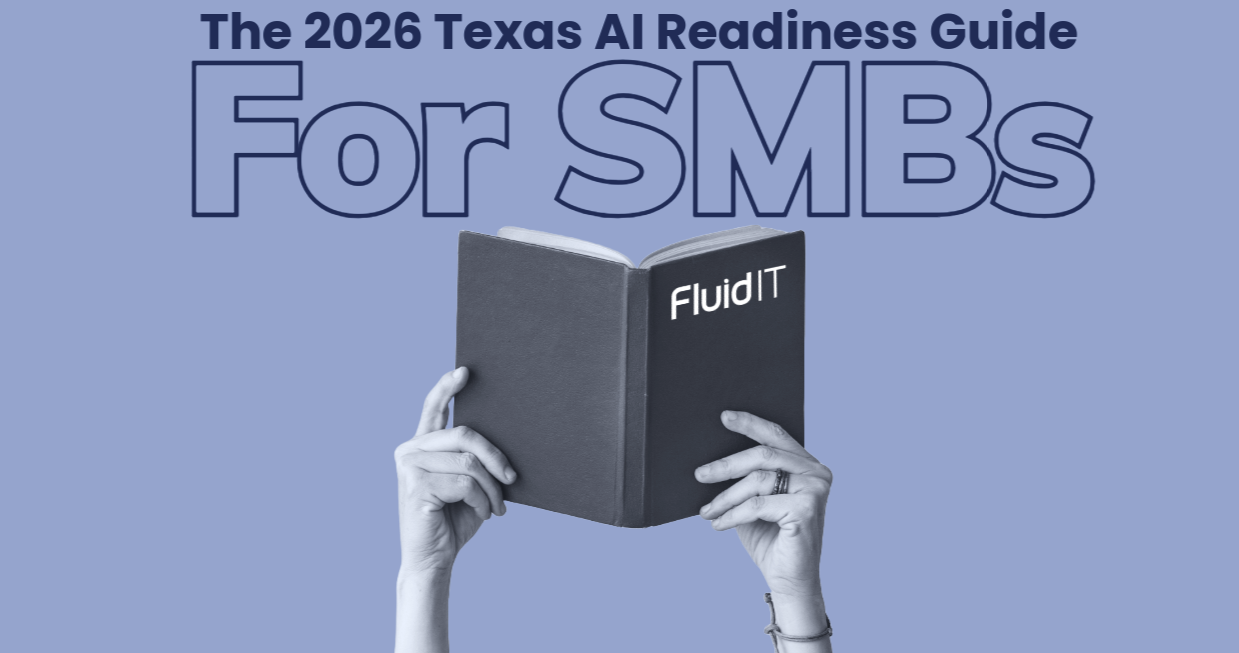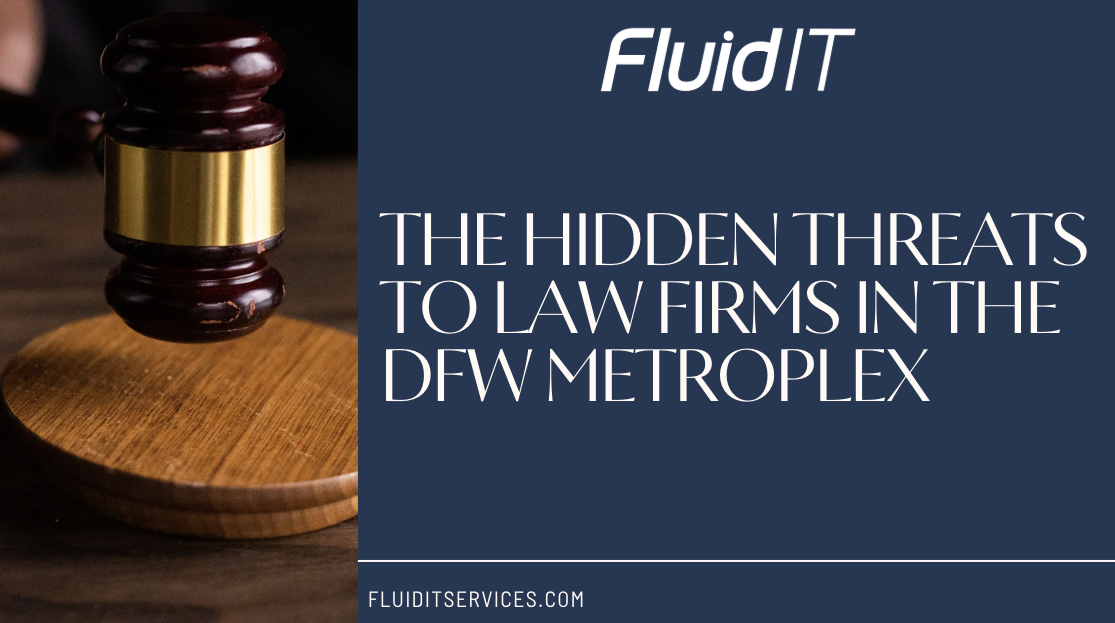Texas just passed a comprehensive AI law that takes effect on January 1, 2026, and small and midsize businesses in Dallas and Fort Worth should prepare now. The Texas Responsible Artificial Intelligence Governance Act (TRAIGA, HB 149) sets disclosure, consent, and compliance expectations for companies that develop or deploy AI systems, with enforcement by the Attorney General and substantial civil penalties for violations.
What the Texas AI law requires
- Clear disclosure: If an AI system interacts with customers, provide a clear, conspicuous notice in plain language before or at the time of interaction, without dark patterns that mislead users.
- Guardrails on use: The law prohibits using AI for harmful or discriminatory purposes, including social scoring and certain biometric uses without proper consent and safeguards.
- Biometrics and privacy: Commercial use of biometric identifiers like facial geometry, fingerprints, or retina scans requires consent and timely data deletion when no longer needed.
- Enforcement and penalties: The Attorney General has exclusive enforcement authority, with penalties per violation and daily fines for ongoing noncompliance.
Who is covered and when
- Covered entities: Businesses operating in Texas, whose products or services are used by Texans, or that develop or deploy AI in the state are within scope.
- Effective date: The law goes into effect on January 1, 2026, giving organizations a short runway to build practical compliance programs and align vendor tools.
Practical steps to get compliant in Microsoft 365 and Azure
- Inventory AI use: Identify chatbots, virtual agents, Copilot features, automated decision tools, and any biometric check ins, then map where they interact with customers or employees.
- Implement disclosures: Add clear notices to websites, chat interfaces, IVRs, and forms where AI is used, ensuring language is plain and not deceptive or coercive.
- Tighten data governance: Define data retention and deletion for biometric and AI training data, restrict access, and document lawful bases for collection and use.
- Adopt recognized frameworks: Align policies and risk management to NIST’s AI Risk Management Framework to leverage safe harbor concepts in the statute.
- Test and monitor: Use internal audits, adversarial testing, and vendor reviews to detect and cure issues proactively, documenting findings and remediations.
Vendor and tool readiness
- Contract updates: Add AI disclosure responsibilities, data handling, and indemnities to agreements with chatbot, biometrics, and analytics vendors operating in Texas.
- Copilot and CRM: Validate tenant controls, data exposure limits, DLP, and labeling so AI assistants only process appropriate content and interactions are properly disclosed.
- Biometric systems: Confirm consent flows, storage location, access controls, and deletion timelines for facial recognition, fingerprint readers, or voice prints.
Training and internal policy
- Staff awareness: Train front line, marketing, HR, and IT teams on where AI is used, how disclosures appear, and how to respond to questions or opt outs.
- Policy refresh: Update acceptable use, privacy, security, and procurement policies to reflect AI definitions, prohibited uses, and disclosure processes under Texas law.
How Fluid IT can help DFW SMBs
- Readiness assessment: Map current AI usage, gaps in disclosure and consent, and necessary Microsoft 365 and Azure configurations to meet the 2026 baseline.
- Implementation support: Deploy disclosure banners, data governance controls, DLP, logging, and vendor oversight workflows aligned to TRAIGA expectations.
- Ongoing assurance: Establish monitoring, periodic audits, and change management so new AI features and tools remain compliant as platforms evolve.
Bottom line: The new Texas AI law raises the bar on transparency, consent, and responsible deployment. Preparing now protects customers, reduces enforcement risk, and builds trust. Fluid IT can guide Dallas–Fort Worth SMBs through practical steps in Microsoft 365 and Azure to be ready for January 1, 2026.



